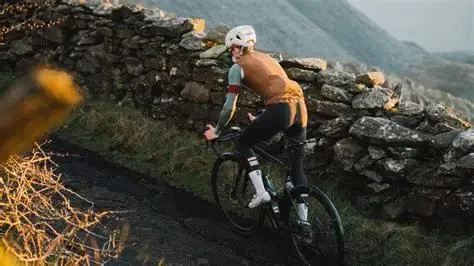
- understanding-your-current-climbing-style
- focus-on-footwork-for-efficiency
- improve-body-positioning-and-balance
- develop-finger-strength-and-endurance
- learn-how-to-read-routes-effectively
- practice-silent-smooth-movements
- train-your-core-for-better-control
- learn-to-rest-intelligently-during-climbs
- mental-strategy-and-overcoming-fear
- gear-up-smart-at-cycling-guider
1. Understanding Your Current Climbing Style
Before you can improve, you need to know where you stand. Are you an aggressive climber who powers through routes? Or are you more calculated, preferring slower, deliberate moves? Recognizing your natural tendencies will help tailor your training for better climbing technique. Keep a journal of your climbs and ask partners for feedback — small insights can lead to major improvements.
2. Focus on Footwork for Efficiency
2.1 Precise Foot Placements
Many beginners over-rely on upper body strength. The truth is, good climbers climb with their feet. Practice silent stepping — if your foot hits the hold quietly and deliberately, you're in control. Avoid "scraping" or "stomping," which indicate wasted energy.
2.2 Use the Inside Edge
Using the inside edge of your shoe gives you greater flexibility in turning your hips and adjusting your balance. Watch how professionals use their toes like precision tools — every step is intentional.
3. Improve Body Positioning and Balance
3.1 Hips Close to the Wall
Keeping your hips close reduces the strain on your arms and improves your center of gravity. One simple drill is to climb a moderate route and consciously exaggerate your hip positioning — you’ll quickly notice how much more stable you feel.
3.2 Twist and Turn
Learn to “twist” your body into the wall when reaching for holds. This creates space and reduces the reach required, allowing you to move more efficiently.
4. Develop Finger Strength and Endurance
Finger strength is essential for progressing in harder grades. Hangboarding, campus boards, and finger-specific grip trainers are excellent for targeted improvement — but always train cautiously to avoid injuries like pulley tears.
Personal tip: I used to plateau on V4 boulders until I started integrating structured hangboard sessions twice a week. Within two months, I was comfortably sending V6 problems.
5. Learn How to Read Routes Effectively
5.1 Visualize Your Path Before You Start
Route reading is an underrated but essential skill. Before getting on the wall, identify crux points, rest positions, and potential sequences. This mental mapping reduces hesitancy mid-climb.
5.2 Use Mock Sequences
On difficult climbs, rehearse movements from the ground — mimic the motions without climbing. It primes your brain and body for the correct positioning.
6. Practice Silent, Smooth Movements
Climbers who move smoothly often conserve more energy. If you find yourself jerking or adjusting constantly on holds, slow down. Climb with intention — each move should flow into the next like a well-choreographed dance.
One of the best drills? Try to complete an entire climb without making any noise with your hands or feet. It’s harder than it sounds but incredibly effective.
7. Train Your Core for Better Control
Core strength allows you to keep your body stable and your feet on the wall during overhangs and awkward moves. Integrate planks, leg lifts, and front levers into your routine. Your abs will thank you — and so will your climbing.
Climbers with a strong core also transition between holds more gracefully, maintaining balance even when the wall gets steep.
8. Learn to Rest Intelligently During Climbs
Resting isn't just stopping — it’s strategic. Look for shakeout positions where one hand or foot can take a break. Use different grip types (open-hand vs. crimp) to avoid overloading specific muscle groups. Rest smart to climb longer.
When projecting routes, map out all potential rests and test them. You’ll often discover tiny ledges or volumes that give just enough relief to reset.
9. Mental Strategy and Overcoming Fear
9.1 Visualize Success
Mental rehearsal is powerful. Before every serious attempt, close your eyes and visualize your successful send. Your body often follows what the mind believes possible.
9.2 Confront Fear Gradually
If fear of falling is holding you back, confront it incrementally. Practice controlled falls with a trusted belayer. Build confidence through repetition and breathing techniques. Remember — fear is normal, but it doesn't have to define your climb.
10. Gear Up Smart at Cycling Guider
Improving technique is just one part of the equation — having the right gear can make a dramatic difference. At Cycling Guider, we offer carefully selected climbing shoes, chalk bags, training tools, and performance apparel to help elevate your game.
Whether you're looking for your first pair of aggressive shoes or training gear to break into the next grade, you'll find top-rated, expert-approved options tailored for real climbers. Don’t underestimate how much the right shoe fit or harness comfort can impact your performance and safety.


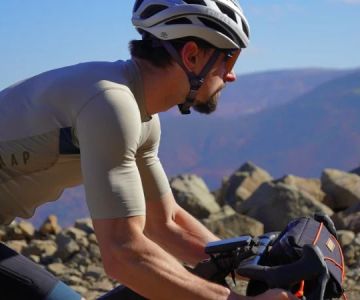
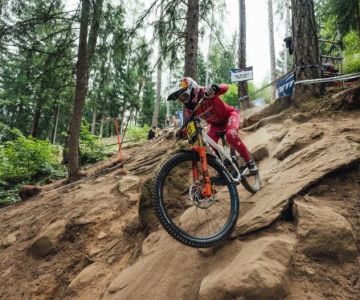

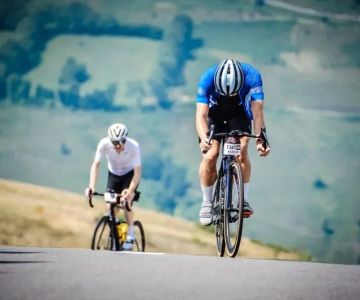
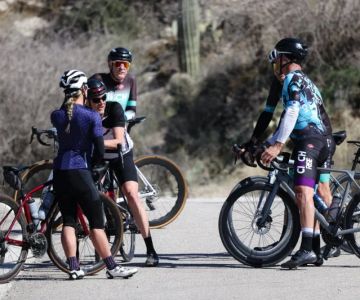
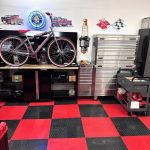 Billet BMX5.0 (2 reviews)
Billet BMX5.0 (2 reviews) Far East Children Bicycle Factory1.0 (1 reviews)
Far East Children Bicycle Factory1.0 (1 reviews) Archer Motorsports, Inc.4.0 (8 reviews)
Archer Motorsports, Inc.4.0 (8 reviews) YEP Bike Works4.0 (55 reviews)
YEP Bike Works4.0 (55 reviews) Gorham Bike & Ski4.0 (498 reviews)
Gorham Bike & Ski4.0 (498 reviews)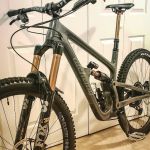 Alchemy Bikes4.0 (37 reviews)
Alchemy Bikes4.0 (37 reviews) How to Teach Kids to Ride a Bike: A Step-by-Step Guide for Parents
How to Teach Kids to Ride a Bike: A Step-by-Step Guide for Parents Tips for Riding on Busy City Streets: Smart Strategies for Urban Cyclists
Tips for Riding on Busy City Streets: Smart Strategies for Urban Cyclists Best US National Parks for Mountain Biking: Ride Epic Trails Across America
Best US National Parks for Mountain Biking: Ride Epic Trails Across America Best Aero Helmets for Time Trials and Racing
Best Aero Helmets for Time Trials and Racing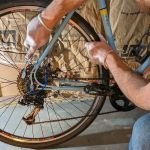 How to Clean and Lubricate Your Bike Chain Like a Pro
How to Clean and Lubricate Your Bike Chain Like a Pro 10 Must-Have Items for Long-Distance Cycling Trips
10 Must-Have Items for Long-Distance Cycling Trips